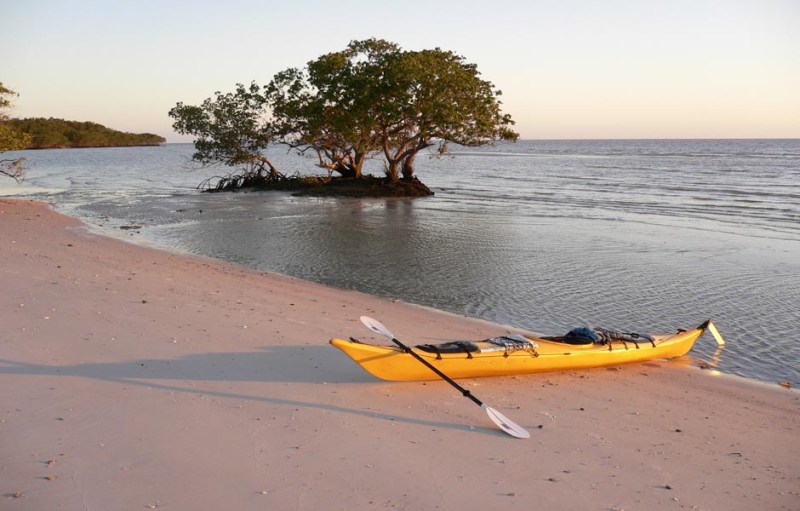
This year, the National Park Service has reached an incredibly impressive milestone, and celebrated one hundred years as an agency on August 25 of this year.
To help the NPS continue celebrating its centennial, The Manual has devoted a regular column to highlighting one of its spectacular parks each month. In addition to providing general information on the regions themselves, we’ll also catch up with park rangers, area advocates, and anyone who contributes to the preservation and operation of each park. Enjoy!
Park name: Everglades National Park (Florida)
Area: 1,508,538 acres
Authorized: May 30, 1934
Average annual visitors: 997,903
As we crack a bottle of proverbial champagne on our inaugural NPS Centennial column, Florida’s expansive Everglades National Park is where we’ll venture to first. Encompassing roughly 1.5 million acres of Florida’s southern tip, the Everglades is a treasure trove for avid adventurers looking to explore the region’s eclectic ecosystems, tropical hammocks, and mangrove swamps. Due in part to the sprawling nature of the park itself, it remains one of the rare national attractions that deserves an extended amount of visitation time to even feel like you’re scratching the surface of what it offers.
With its wet season lasting from April to November and a (more desirable) dry season lasting from November to March, Everglades National Park is a constantly shifting environment that offers visitors a dramatically different experience literally every month. To get a true barometer of how exactly the park lives and breathes, we chatted with Everglades National Park ranger, Maria Thomson and Everglades National Park Chief of Public Affairs, Linda Friar.

What is your favorite part about being associated with the park?
Maria Thomson: I think what I like best is just how much wilderness there is. I believe the Everglades is something like 85 percent wilderness; it just gives people so many different opportunities for activities. The way in which it constantly changes with the seasons is exhilarating. Whether it’s the dry or wet season, the wildlife and scenery change so much and offer much to be explored. It’s also great to see people visit from all over the world just to enjoy the park.
Are there any unknown facts you’d share with first-time park goers?
Linda Friar: Perhaps to venture off the main park road and look small. Most of the time when people visit the Everglades, they are overcome by how big it is. It’s incredibly important to just stop and be still, be amazed by what’s around. The park as a real subtle beauty to it.
MT: Yeah, I’d agree with Linda. Look small and be aware of your surroundings. It’s incredibly interesting to stay off the beaten path. Just explore everything around you and have a sense of adventure.

Why is Everglades National Park so important to you?
MT: Aside from the fact I’ve been working here for so long and it feels like a part of me, I absolutely love how expansive everything is. Whether you have just a day to explore or you visit for an entire week, there’s so much to do to fill your time. It’s just a really special place.
LF: I’d add to that and say that even people who come from all over the country, or the world, to visit the Everglades don’t even realize the park is just one small part of what makes it so great. So much of the wilderness and waterways that make up a large portion of the Everglades are as equally amazing as anything the parks have to offer. What’s so great about working for the park is having the ability to actively preserve it for future generations.
All photos courtesy of the National Park Service
Editors' Recommendations
- The most popular Grand Canyon trail reopens this week
- Yellowstone vs Yosemite: Which national park should you visit?
- This van life camper van sleeps 8, goes everywhere, and you can rent it for less than a hotel would cost
- We really wish these compact, Korea-exclusive RVs and campervans were available stateside
- We love this handsome van-life wood paneling, and it’s sustainable too


